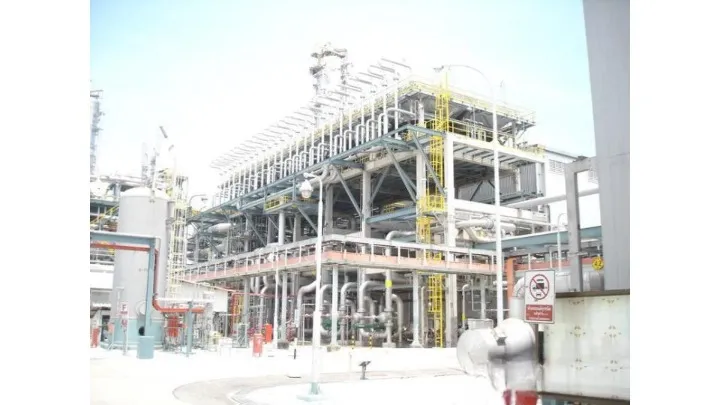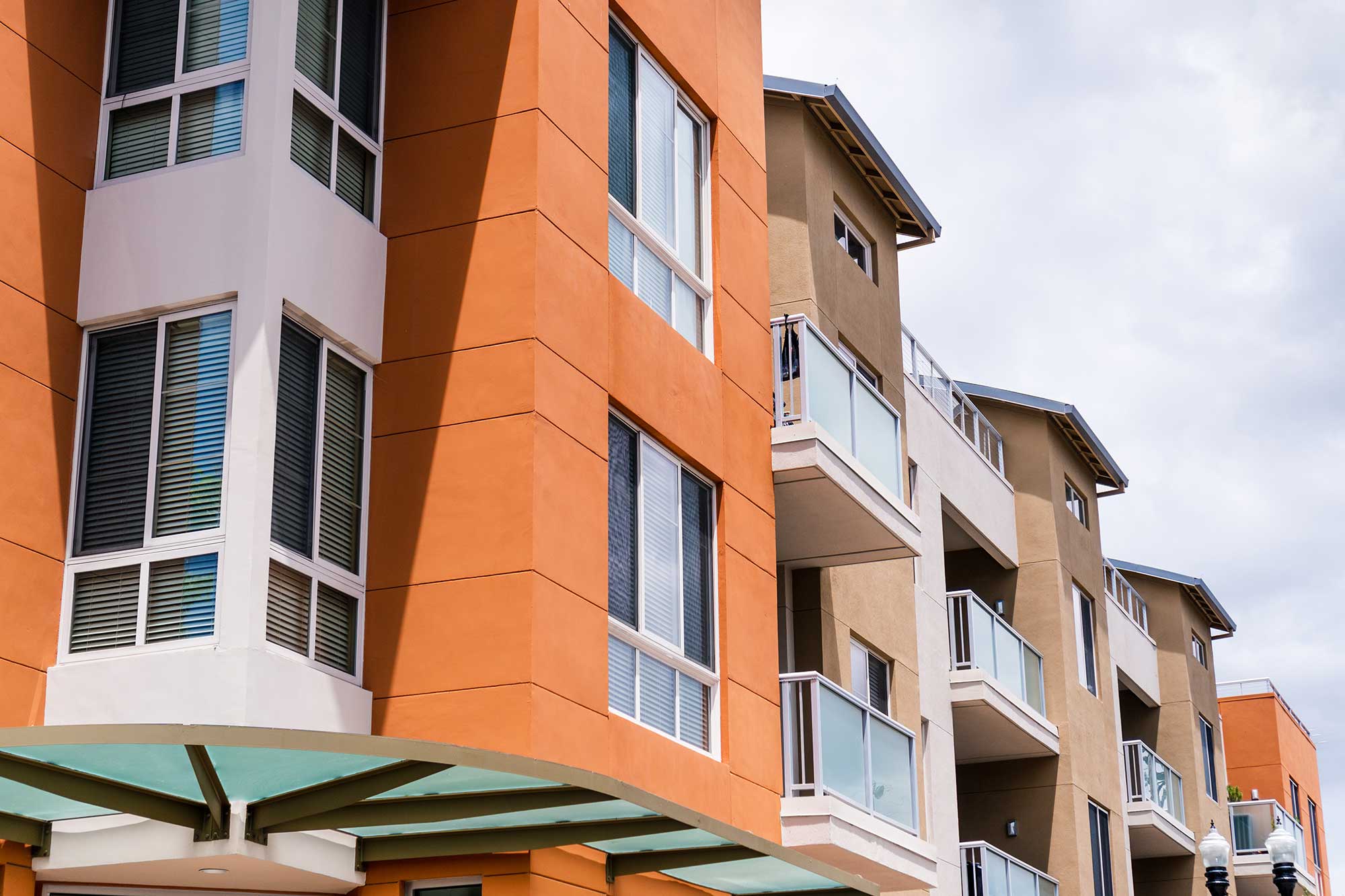Industrial environments often face significant challenges with excessive noise levels, which can negatively impact worker productivity, safety, and overall well-being. In factories, the constant hum of machinery, the clanging of metal, and the whirring of equipment create a cacophony that not only affects communication but also poses serious health risks to employees, including hearing loss and increased stress levels.
At ASA ThermAcoustic, we recognize the critical importance of addressing these acoustic challenges in industrial settings. Our team of experts specializes in developing tailored noise control solutions that align with your operational goals while significantly enhancing the acoustic performance of your facilities.
We employ a comprehensive approach that combines state-of-the-art technology with industry best practices to effectively mitigate industrial noise.
Our solutions may include the installation of sound-absorbing materials, the design of acoustic barriers, and the implementation of vibration isolation systems. We also focus on source control, identifying and addressing the root causes of excessive noise. By integrating these strategies, we can create a more comfortable and safer working environment, improving communication, reducing the risk of accidents, and boosting overall productivity.
With ASA ThermAcoustic’s industrial noise control solutions, you can transform your factory into a space where efficiency and employee well-being coexist harmoniously, ensuring compliance with occupational health and safety standards while optimizing your operational performance.
Industrial gas flow noise

Industrial gas flow noise is a significant problem that can affect worker safety, equipment life, and overall efficiency. This persistent problem is caused by the turbulent movement of gas through pipes, valves, and other components in plant systems.
Understanding Gas Flow Noise
Most gas flow noise is caused by the turbulent expansion or compression of gas as it moves through industrial systems. This noise occurs when gases strike obstacles, slow down, expand, or change direction, creating shear forces and generating sound energy. This phenomenon is common in areas with high pressure drops, such as control valves and pressure relief stations.
The noise produced can range from a low hum to a high-pitched whistling sound, depending on the gas velocity, pressure, and system configuration. In extreme cases, it can sound like gravel flowing through pipes, indicating a cavitation problem.
Risks from Poor Materials and Design
The use of substandard materials or poorly designed systems can worsen gas flow noise problems and lead to serious consequences:
- Safety Hazards: Excessive noise levels can pose a significant risk to worker health and safety. Prolonged exposure to high-decibel noise can cause hearing loss, stress, and reduced concentration, which can lead to accidents.
- Equipment Damage: Severe vibrations associated with gas flow noise can damage pipes, valves, and other components. Rapid wear and tear, which can lead to leaks, equipment failures, or even ruptures.
- Inefficient process performance: Poor gas flow management can lead to pressure loss, reduced flow rates, and overall system inefficiency, impacting productivity and energy use.
Solid impact flow noise
Many manufacturers that handle rigid plastic pellets, resins, and grains rely on large fans or blowers to transport these materials through piping systems. While this method is effective at moving large amounts of solids, it often creates significant noise pollution that poses a number of challenges.
The primary source of noise is the impact of solid particles striking the pipe walls as they move through the system. This constant jolting creates a loud, continuous noise that reverberates throughout the plant and beyond. Noise levels can be particularly severe in areas where pipe bends or changes direction, as particles collide with each other with greater force at these points.
Health and Environmental Concerns
This noise pollution poses a number of issues:
- Worker Health: Workers in close proximity to these systems are at risk for hearing loss and increased stress levels due to prolonged exposure to high-decibel noise.
- Workplace Safety: Excessive noise can mask important acoustic signals, leading to accidents or miscommunication among workers.
- Community Impact: Noise levels often extend beyond the plant’s perimeter, impacting nearby residents and businesses, potentially resulting in complaints and strained community relations. and potential legal issues
- Environmental regulations: Many jurisdictions have strict noise regulations that industrial plants must comply with, requiring mitigation measures.
To address these issues, manufacturers are exploring noise reduction technologies and alternative transportation methods that can maintain efficiency while minimizing noise pollution.
Flow noise in air duct
Airflow noise in HVAC ducts is a common problem that can significantly impact the comfort of building occupants. This noise is often expressed as a whistling, screeching, or growling noise, which is most often caused by turbulent air movement within the ducts.
Main Causes
- High Air Velocity: Excessive air velocity causes turbulence, which increases noise levels.
- Duct Design: Ducts that are too small or have sudden changes in shape can cause air to move faster, causing noise.
- Obstructions: Ventilation covers, grilles, or other obstructions in the airflow can cause turbulence.
- Duct Materials: Metal ducts tend to transmit and amplify sound more than flexible alternatives.
ASA ThermAcoustic’s team of experts develops customized solutions that combine cutting-edge technology and industry best practices. The company’s comprehensive approach addresses both thermal and acoustic issues, ensuring optimal noise reduction while maintaining system efficiency. Leveraging its expertise in temperature control and noise management in the industry, ASA ThermAcoustic offers effective and sustainable solutions to create quieter, more comfortable environments in a variety of industrial and commercial locations.
Machine noise
The Results of Ineffective Noise Pollution Control
Machinery noise is a widespread problem in industrial environments, often reaching levels that can be hazardous to worker health and productivity. In factories, the roar of machinery, from heavy equipment to production lines, can create challenging noise environments. Without proper noise control measures, such industrial noise not only poses a health risk, but can also lead to regulatory noncompliance and reduced productivity.
Poor noise management in factories can become a costly problem. As noise levels increase, so does the complexity and cost of addressing them. Companies may find themselves forced to take more extensive and disruptive measures, such as installing full-scale soundproofing or redesigning entire production areas. These reactive approaches often result in significant costs and even production shutdowns.
The Importance of Addressing Problems Early
Addressing machinery noise from the start is essential. Companies can avoid the cascading effects of noise-related problems by addressing the problem proactively. Early intervention will not only protect workers’ hearing, but will also prevent the need for more complex and expensive solutions down the road.
Sanitary flow noise
Water flowing through PVC pipes, sanitary pipes and drains often causes noise problems in buildings, condominiums, apartments, hotels and office buildings. This noise can be particularly disturbing to the occupants. To reduce this nuisance and comply with soundproofing standards in residential areas, it is necessary to insulate the pipes with sound insulation. This solution must also maintain the efficiency of the flow.
Our team of experts uses advanced soundproofing techniques to reduce the noise from wastewater flow. We use high-performance materials such as ArmaSound, which not only provide excellent insulation but also reduce noise. These materials are strategically applied to the pipes and surrounding structures to absorb and reduce sound vibrations.
Plant room sound absorption
Plant rooms in factories are important areas that contain important equipment such as HVAC systems, generators, pumps, and other machinery required for the operation of the plant. Although these areas are important for maintaining the production process, they often generate high levels of noise, which can pose health risks to workers and may violate laws.
Effects of Plant Room Noise
Excessive noise in a plant room can have adverse effects on the well-being and health of workers. Long-term exposure to high levels of noise can lead to:
- Stress and fatigue
- Decreased concentration and work efficiency
- Increased risk of accidents
- Sleep disturbances (for workers in the vicinity)
- Laws in Thailand
Thailand has enacted several laws to deal with noise pollution and protect public health. Some of the important regulations include:
General Noise Standards
The National Environment Board Act No. 15 (1997) sets the following standards:
The maximum noise level at the boundary or wall of any building shall not exceed 115 dB(A).
The average 24-hour noise level shall not exceed 70 dB(A).

